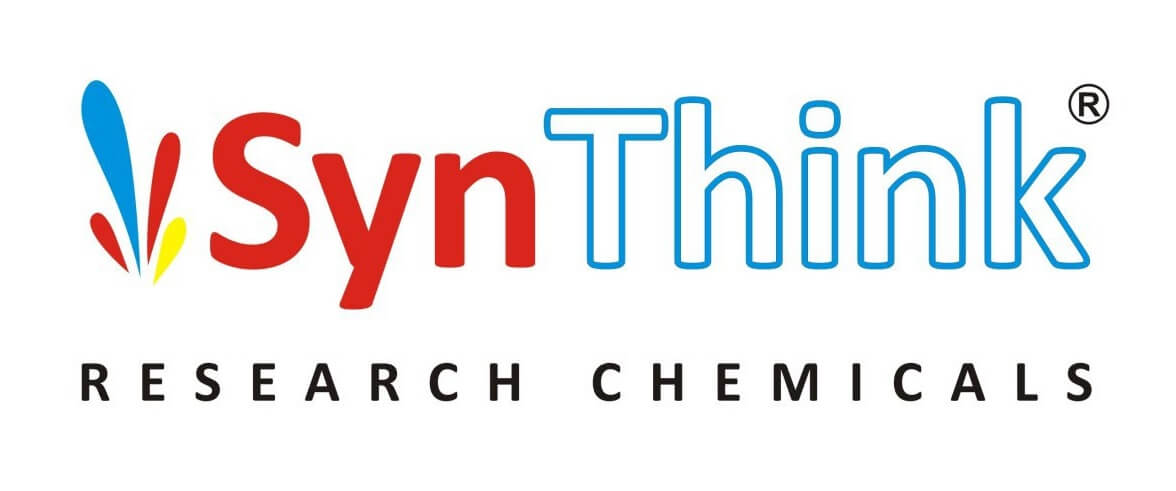Difference between Process Impurities and Degradation Impurities
Understanding the distinctions between Process Impurities and Degradation Impurities is crucial in pharmaceutical development and quality assurance. These impurities, each with unique characteristics and origins, can significantly impact the safety, efficacy, and stability of pharmaceutical products. Their management is a critical aspect of pharmaceutical manufacturing and is rigorously governed by regulatory guidelines.
Process Impurities (Process-Related Impurities (PRIs))
Process Impurities, often referred to as Process-Related Impurities (PRIs), are substances that are introduced into a pharmaceutical product during the manufacturing process. They can originate from a variety of sources, including:
- Raw Materials
- Reaction Intermediates
- Solvents and Reagents
- Manufacturing Process
PRIs are typically identified and quantified during process development and quality control stages. The identification and control of these impurities are crucial for ensuring the purity of the pharmaceutical product and for complying with regulatory standards such as those set by the ICH (International Council for Harmonisation of Technical Requirements for Pharmaceuticals for Human Use).
Degradation Impurities (Degradation-Related Impurities (DRIs))
Degradation Impurities, or Degradation-Related Impurities (DRIs), are compounds that form when the pharmaceutical product undergoes chemical changes over time. These changes can be induced by various environmental factors such as:
- Temperature Fluctuations
- Light Exposure
- Moisture and Oxygen
- pH Changes
Table: Process-Related Impurities (PRIs) and Degradation-Related Impurities (DRIs)
| Aspect | Process Impurities | Degradation Impurities |
| 1. Origin | Arise from the manufacturing process of the drug. | Form during storage or degradation of the drug. |
| 2. Source | Raw materials, intermediates, solvents, catalysts. | Exposure to light, heat, moisture, pH changes. |
| 3. Occurrence Time | Occur during the synthesis and production stages. | Occur post-manufacture, during storage and handling. |
| 4. Detection Stage | Detected through process validation and quality control. | Detected during stability testing and shelf-life studies. |
| 5. Control Measures | Managed by optimizing manufacturing processes. | Managed by improving storage conditions and packaging. |
| 6. Regulatory Focus | ICH Q3A guidelines focus on PRIs. | ICH Q3B guidelines focus on DRIs. |
| 7. Impact on Product | Influence the purity and safety of the batch. | Affect the stability and efficacy of the final product. |
| 8. Monitoring Requirement | Required to be monitored and controlled in APIs. | Monitored especially if they impact drug stability. |
| 9. Examples | Residual solvents, by-products, unreacted raw materials. | Hydrolysis products, oxidation products, photolytic products. |
| 10. Risk to Patients | Can introduce toxicity or alter efficacy if uncontrolled. | Can lead to reduced effectiveness or increased toxicity. |
| 11. Analytical Approach | Characterized during process development. | Characterized as part of ongoing stability studies. |
| 12. Mitigation Strategies | Process optimization, raw material quality control. | Formulation adjustments, protective packaging. |
| 13. Identification | Typically identified through specific tests related to production processes. | Identified via stability indicating methods such as stress testing. |
| 14. Regulatory Documentation | Required detailed documentation in regulatory filings for new drug applications. | Documentation needed for changes in drug stability over its shelf life. |
| 15. Adjustment in Manufacturing | Adjustments made in manufacturing process to minimize or eliminate PRIs. | Not typically addressed through manufacturing changes; focus is on storage and handling. |
| 16. Prevalence in Drug Lifecycle | More prevalent during the initial stages of drug development and scale-up. | Become more significant as the product ages and is exposed to environmental conditions. |
| 17. Predictability | Often predictable based on the chemical processes involved. | Less predictable, can vary based on external conditions. |
| 18. Stability Testing Relevance | Less focus in long-term stability testing. | Crucial in long-term stability testing to assess product shelf life. |
DRIs are primarily a concern during the storage and handling of pharmaceutical products. They are closely monitored through stability testing, which is essential for determining the shelf life and storage conditions of the product. The regulatory guidelines, particularly ICH Q3B, provide a framework for the identification, quantification, and control of DRIs to ensure drug safety and efficacy.
In summary, while Process Impurities arise from the manufacturing environment and the materials used in production, Degradation Impurities develop during the storage and life cycle of the pharmaceutical product. Effective management of both types of impurities is essential to meet the quality standards and regulatory requirements of the pharmaceutical industry.



